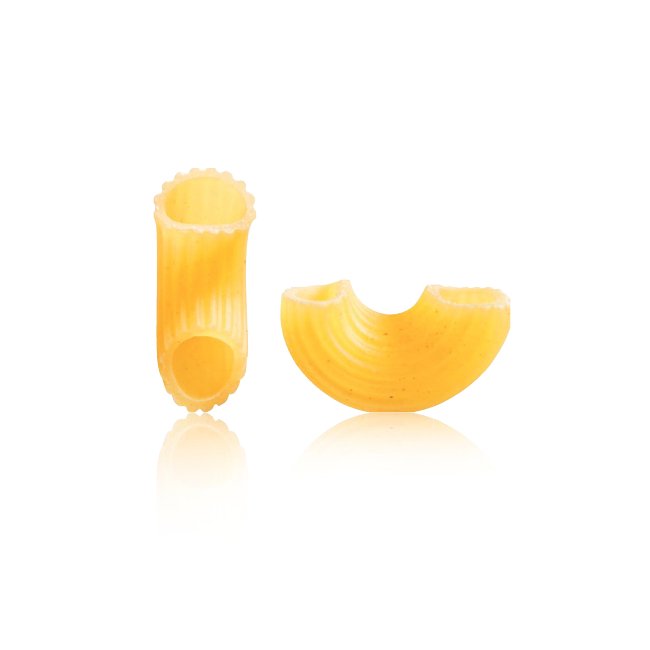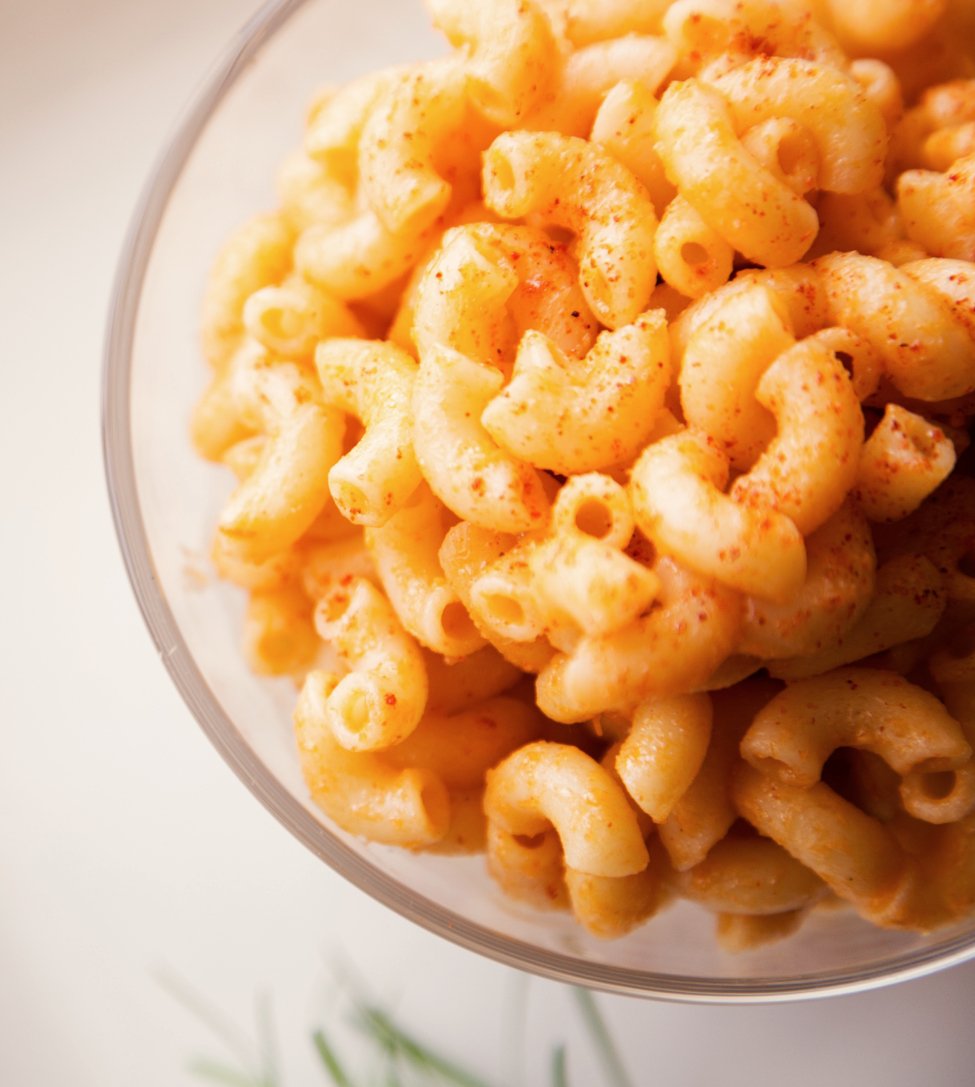
Characteristics, History and Pairings
Chifferi is a type of short, grooved pasta with a bent tubular shape. Chifferi pasta has quite a unique shape that some describe as a “snail shell”.
The name derives from the German kipfel, an almond crescent cookie created by a baker in Vienna to celebrate the city’s liberation from the Turks at the end of the 1600s.
When this crescent shaped pasta was created it was given the name of those traditional cookies.
Over the years, chifferi pasta has changed in size (the smaller version is called chifferini or chiferetti; the larger version, chifferotti or chifferoni) and the surface can be either smooth or grooved.
A variant of this pasta shape is pipe rigate, the difference being that, unlike chifferi, one of the extremities of the tube is squashed, almost closed.
Cooking Time
10 minutes
Region of Origin
Aside from the fact that it comes from the centre-north of Italy, not much is known about the origin of this shape of pasta.
Best Pairings
Usually, chifferi pasta is paired with simple tomato sauces. But it’s also very popular as an addition to pulse and vegetable soups and to make pasta bakes with cheese sauces.
Ingredients
Durum wheat semolina and water.
Average nutritional values for 100 g of raw product
– Energy: 1508 kJ / 356 Kcal
– Fat: 1.5 g
– of which saturates: 0.4 g
– Carbohydrate: 72 g
– of which sugars: 3.0 g
– Fibre: 3.0 g
– Protein: 12 g
– Salt: < 0.01 g
Cooking Tips
Do you cook pasta in a sustainable way? Here are a few tips that can make a difference.
1. Don’t waste water, use only the necessary amount: 1 litre of water for every 100 grammes of dry pasta
2. Cooking with a lid will save time and gas or electricity and the water will boil sooner.
3. Add the salt when the water starts boiling and add the pasta immediately after.
4. Put the lid back on halfway through the cooking time, switch off the gas (or electric hob) and finish cooking your pasta in the hot water inside the covered pot.
